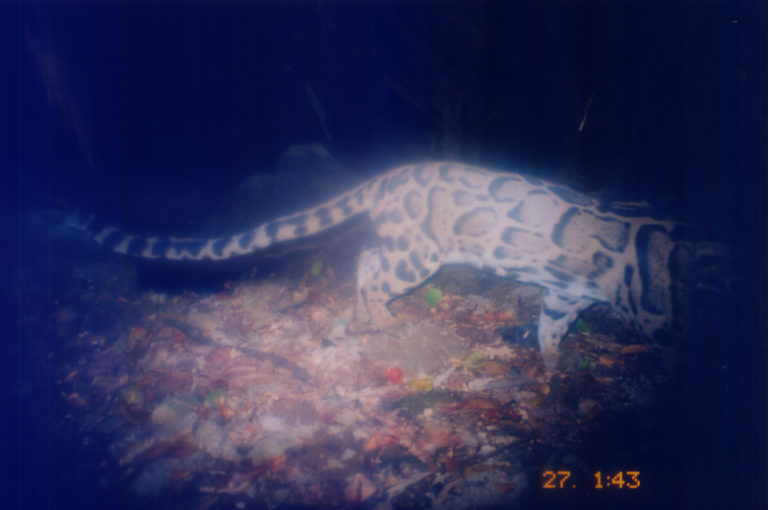The PhD project Visualizing Extinction analyzes representations and visualisations of fauna extinction by science and new technologies. Over the past century, “new technologies of vision” of the “exhibitionary complex” have become constitutive of the life sciences. Technical images have transitioned from analog methods of species representation (such as hand-drawn scientific illustration, photography, the archive of biological specimens) to contemporary digital and computational tools such as genetic surveys, large-scale wildlife conservation, and technological surveillance.
The conservation techniques of the 19th century such as population control are now further technologically aided by the increased capacity for computation and data collection. Both historical periods—the turn of the 20th century and that of the 21st century—conceive of extinction as embedded in paleontology’s catastrophism and deep time.
The three-case studies proposed—genetic analysis of historical natural history collections, animal biologging, and artificial intelligence used to process data from camera traps—provide a matrix to inquire on the relations, similarities, and distinctions between image production in both the 20th and 21st centuries. Visualizing Extinction considers the media of extinction in the face of changing technology, evolving conceptions of nature, and the management of endangered species within larger systems of knowledge and power.
*
Mariana Silva is an artist, filmmaker, PhD student at HfG Karlsruhe. She has published the texts “Insect Wing of the Museum of Social Forms” (Matter Fictions, 2017), and “Mining the Deep Sea” (e-flux journal, no. 109), among others. She has exhibited widely, including at art institutions such as Gulbenkian Foundation, e-flux, Gwangju Biennale, and Astrup Fearnley Museum.

